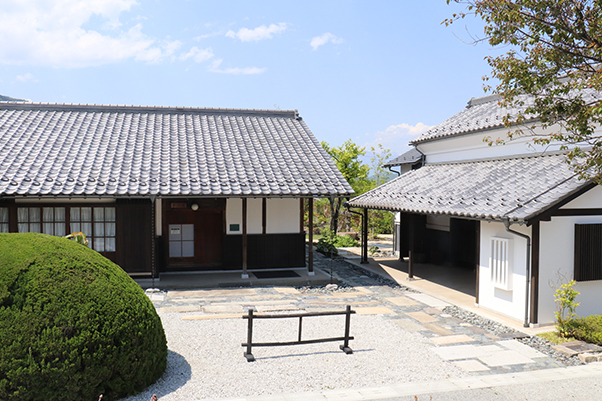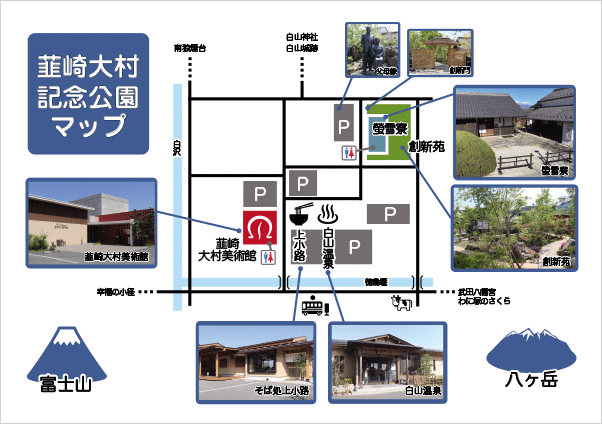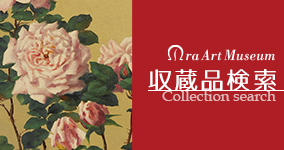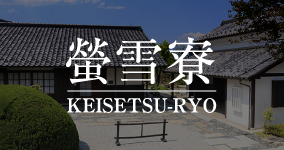
Keisetsu-ryo is the Omura family complex where Professor Satoshi Omura was born and raised. The house is an example of a rapidly disappearing Japanese style and cultural heritage. Professor Omura spent his childhood and formative years living with his family in this traditional Japanese farmhouse and surrounding countryside, where he nurtured his interest in and love for Nature and all the benefits that it can provide. The main traditional wooden structure was completed in the late 19th century during the early Meiji period (1868-1912). It was later modernized and expanded to its current state around 1907, along with construction of the adjacent storehouse around 1916. The building was designated on 3 April 2020 to be a national ‘tangible cultural property’ that illustrates the traditions of a leading sericultural farming family in the area, the first building in Nirasaki City to receive such recognition.
Professor Omura donated the original family building to Nirasaki City, and with assistance and guidance from the Agency for Cultural Affairs, it has been carefully dismantled, repaired and restored, being faithful to the original plan and construction methods, in order to preserve the building in its original state so that future generations can visit, enjoy and develop an intimate understanding of past Japanese traditions, hardships, glories and way of life in a typical rice-farming community.
Professor Omura has built on the early foundations of his life and days spent in and around the family home which helped form his approach to life, and he has gone on to become one the world’s pre-eminent biomedical and chemical scientists. He has spent his career studying Nature and discovering the unique treasures that it can provide for improving people’s lives and livelihoods, while the community spirit prevailing during his childhood years has subsequently guided his approach to science, art, social collaboration and personal interaction. His successful work, approach to life and worldwide impact has been widely recognized, culminating in the award of the highly prestigious Nobel Prize in Physiology or Medicine in 2015.
Everyone is encouraged to visit or make use of the Keisetsu-ryo, which Prof Omura hopes will remain as a calming, educational and influential place for positive personal development, especially via an atmosphere that will continue to promote interpersonal exchanges, shared understanding and reciprocity.
Main house
The building is a traditional Japanese structure and design, with nostalgic undertones of a bygone age and is indicative of Japan’s intimate relationship with the natural environment. It is crafted from wood, with the wooden flooring housing a traditional sunken hearth. This fireplace is typically found in the middle of a room in farmhouses throughout rural Japan and used for heating and cooking. The rooms in the living space also have extensive tatami mattress flooring. Today, the spacious interior of the house can be used for a variety of purposes, including workshops organised by the nearby Omura Museum, concerts, book readings, various hobby classes and presentations, and as a comfortable and welcoming place for learning and socialising.
‘Zenpou’ Meeting room
This is a quiet and relaxing space created in what was the storehouse close to the family house. Chairs and tables are provided, various communications and presentation equipment is available upon request, and a modern kitchen has been created allowing the room to be used for cooking classes (such as bread-making), dinner parties, social gatherings or self-catering meetings.
The meeting room can comfortably house up to 30 people.
Soshin-en Garden and Soshin-mon Gate

A Japanese garden is the ultimate place for peace and tranquility. Entering the garden grounds should be an event of special significance and passing under a distinctive wooden garden gate is indicative of this. Prof Omura has named the garden of the Keisetsu-ryo the “Soshin-en” and the entrance gate as the “Soshin-mon”. The names have been derived from the Oriental “Fukko Soshin,” which means “to learn and understand from the past so as to best understand, appreciate and make the most of the future”.
Please enjoy the scenic landscape and colours created by well-crafted arrangements of trees, shrubbery, flowers and water and the way they all interact with the majestic mountain scenery that changes with the seasons.
Visiting the Keisetsu-ryo (main house) and Soshin-en (garden)
Opening hours
10:00-17:00
(Admission until 16:30)
Closed
Wednesdays (or the following day if Wednesday is a public holiday)
January 1st
Admission – Free of charge
※Viewing is not available when the Keisetsu-ryo is in use. Please e-mail to confirm availability.
Access

>>View larger image(PDF 219KB)
Contact information
Facility Use and Management
NIRASAKI OMURA ART MUSEUM [TEL 0551-23-7775]
Matters related to registered tangible cultural properties
In charge of Cultural Properties, Education Division, Nirasaki City Hall
[TEL 0551-22-1111 (ext. 269)]
Email form








